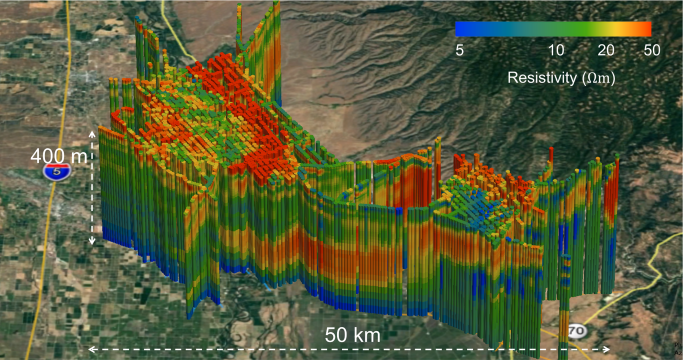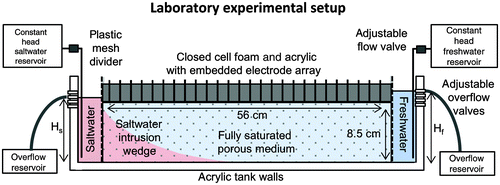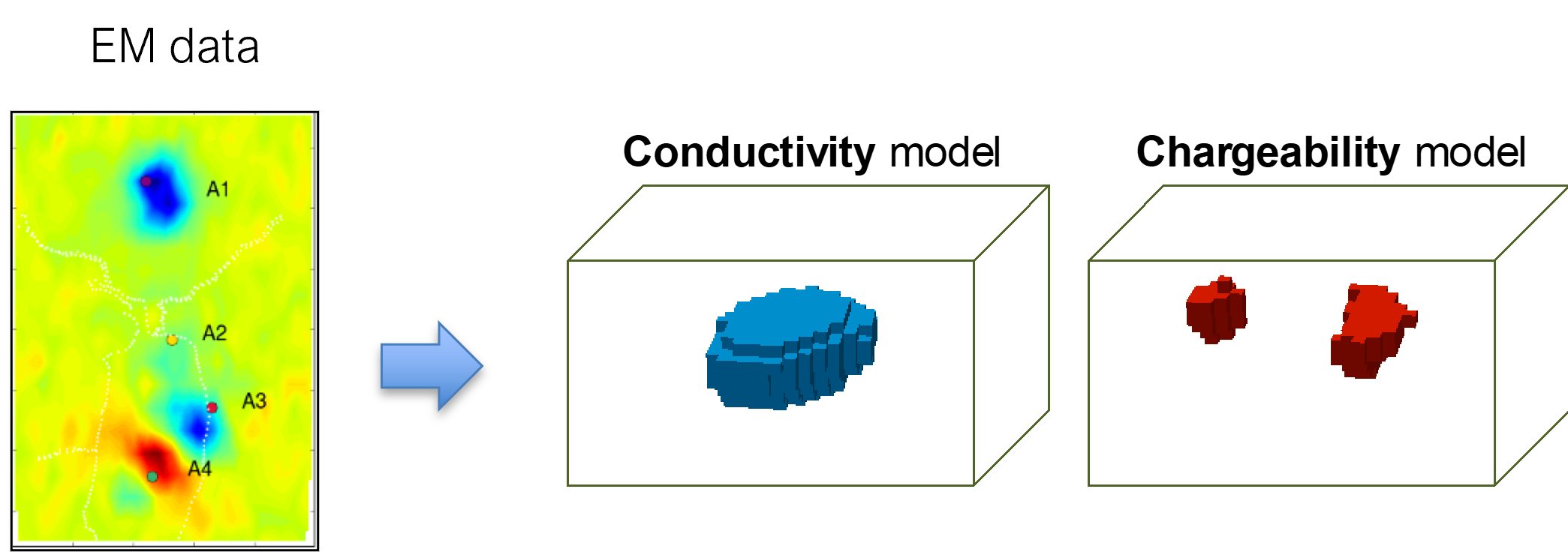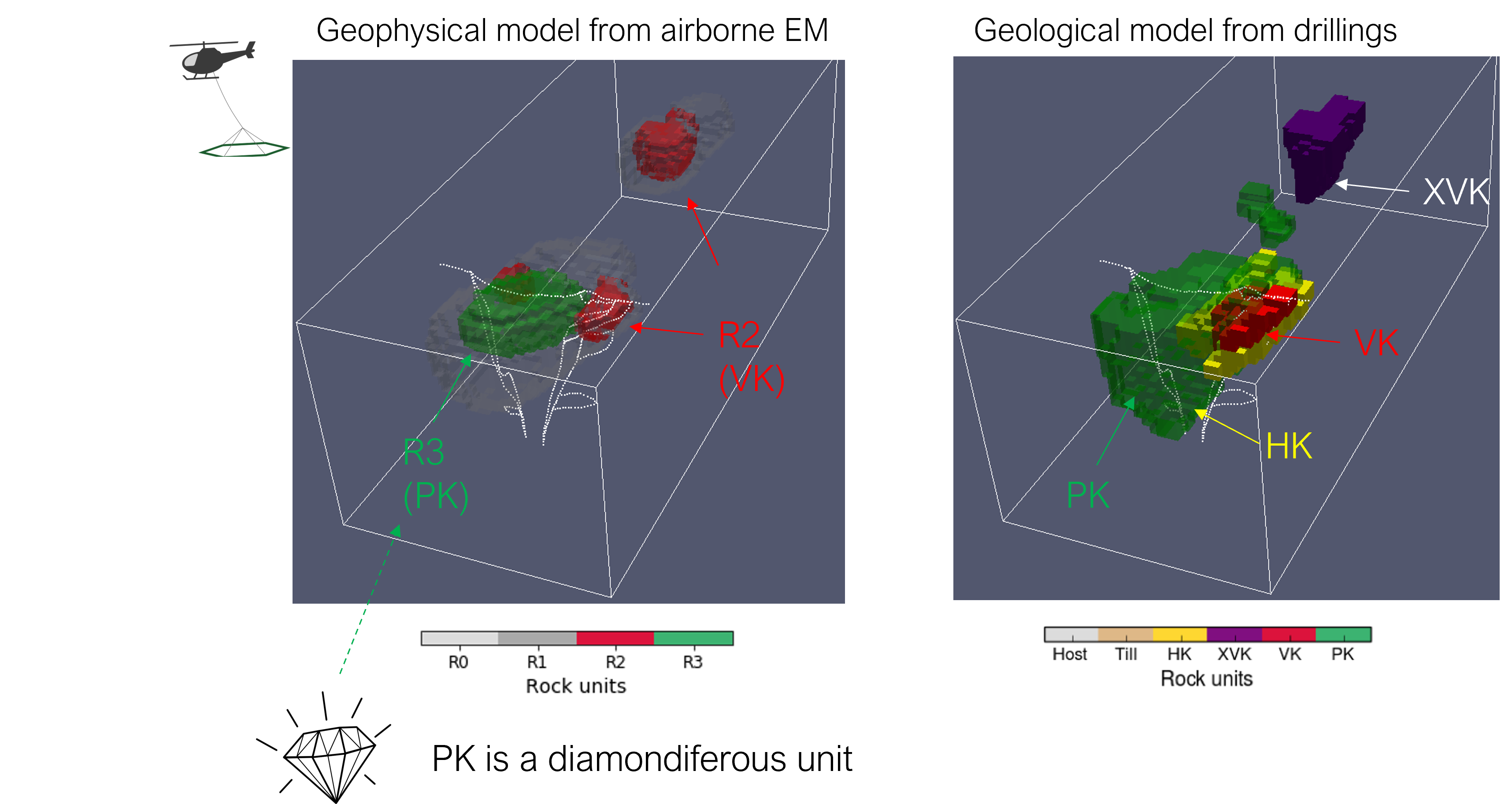Time domain electromagnetic-induced polarisation: extracting more induced polarisation information from grounded source time domain electromagnetic data
Info
- Journal: Geophysical Prospecting
- doi: 10.1111/1365-2478.12600
Abstract
Electrical induced polarisation surveys are used to detect chargeable materials in the earth. For interpretation of time domain electrical-induced polarisation data a common procedure is to first invert the direct current (DC) data (electric current on time) to recover conductivity and then invert the induced polarisation (IP) data (current off-time) to recover chargeability. This direct current-induced polarisation (DC-IP) inversion procedure assumes that the off time data are free of secondary electromagnetic (EM) induction effects. To comply with this, early time data are often discarded or not recorded. For mid-time data, an electromagnetic decoupling technique, which removes electromagnetic induction in the observations, needs to be implemented. Usually, responses from a half-space or a layered earth are subtracted. Recent capability in three-dimensional time domain electromagnetic (TEM) forward modelling and inversion allows to revisit these procedures. In a Time domain electromagnetic-induced polarisation (TEM-IP) survey, a high sampling rate allows early time channels of the electromagnetic data to be recorded. The recovery of chargeability then follows a three-step workflow: (i) invert early time channel time domain electromagnetic data to recover the three-dimensional conductivity; (ii) use that conductivity to compute the time domain electromagnetic response at later time channels and subtract this fundamental response from the observations to extract the induced polarisation responses, and (iii) invert the induced polarisation responses to recover a three-dimensional chargeability. This workflow effectively removes electromagnetic induction effects in the observations and produces better chargeability and conductivity models compared with conventional approaches. In a synthetic example involving a gradient array, we show that the conductivity structure obtained from the early time channel data, which are usually discarded, is superior to that obtained from the steady state direct current voltages. This adds a further reason to collect these electromagnetic data.
Citation
Kang, S., and D. W. Oldenburg, 2018, Time domain electromagnetic-induced polarisation: extracting more induced polarisation information from grounded source time domain electromagnetic data: Geophysical Prospecting, 66, 74–86. doi:10.1111/1365-2478.12600



